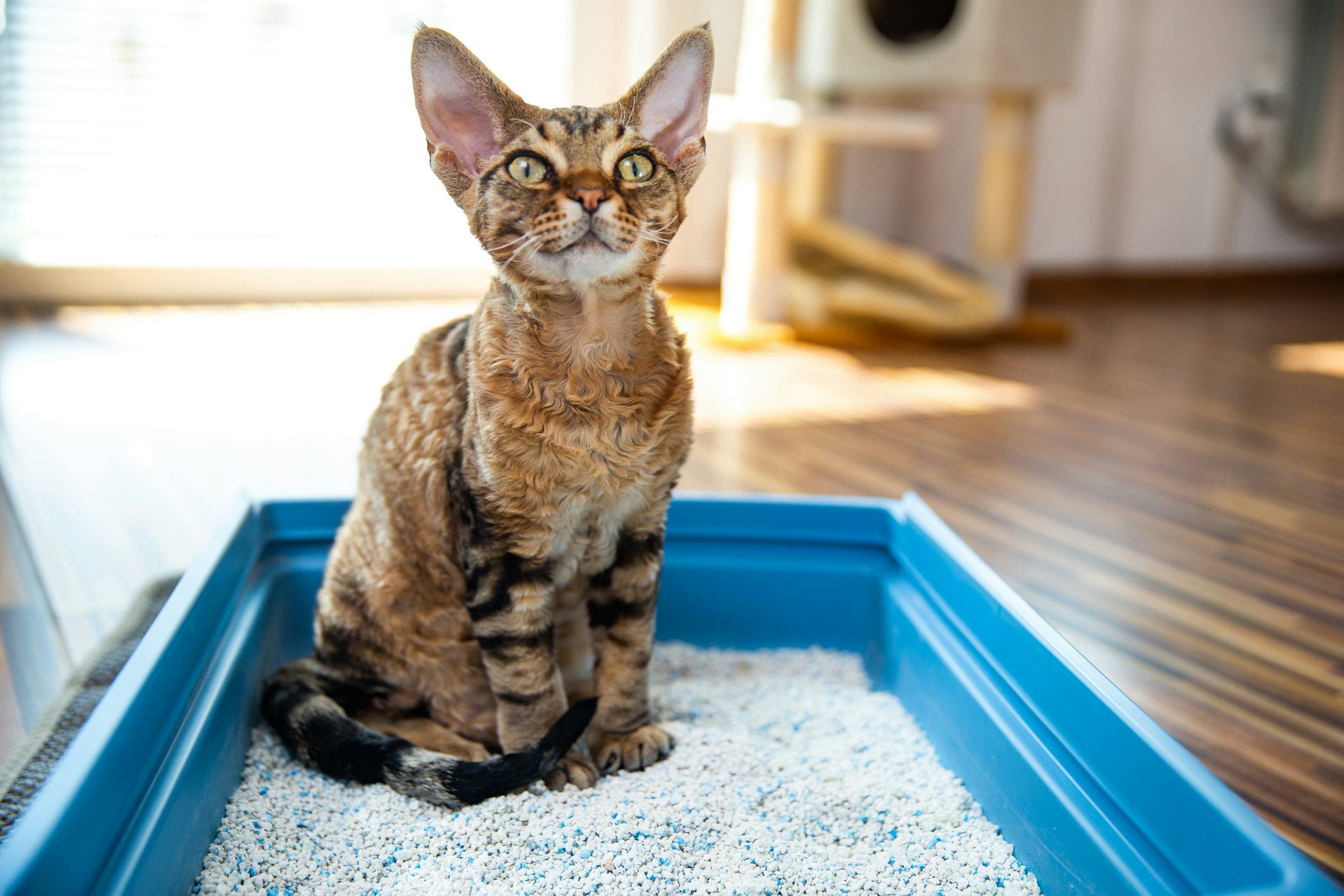What You Ought to Never Flush Animal Waste Down the Toilet
What You Ought to Never Flush Animal Waste Down the Toilet
Blog Article
Presented here below you'll find a lot of worthwhile advice pertaining to Why you should never flush dog poop down the toilet.

When it concerns taking care of waste, particularly animal waste, many people commonly resort to the practical alternative of flushing it down the toilet. Nevertheless, this relatively simple solution can have severe repercussions for the setting and public health. In this article, we'll check out why flushing pet waste down the commode is a bad idea and offer alternate methods for appropriate disposal.
Intro
Correct waste disposal is essential for preserving environmental sustainability and public health. While it may seem harmless to flush animal waste down the commode, it can result in various problems, both for the setting and human health.
Risks of flushing animal waste
Environmental effect
Purging pet waste presents unsafe bacteria and pathogens into waterways, which can adversely affect marine ecological communities. These virus can infect water resources and injury aquatic life, interfering with delicate ecological communities.
Public health worries
Animal waste has damaging bacteria such as E. coli and Salmonella, which can present serious wellness risks to people. Purging animal waste down the toilet can contaminate water materials, leading to the spread of illness and infections.
Alternatives to flushing
As opposed to flushing animal waste down the commode, there are numerous alternative disposal techniques that are a lot more environmentally friendly and hygienic.
Composting
Composting pet waste is an environmentally friendly way to throw away it. By composting, raw material is broken down right into nutrient-rich soil, which can be utilized to feed yards and plants.
Landfill disposal
Dealing with animal waste in a garbage dump is one more choice. While not as environmentally friendly as composting, it is a much safer alternative to flushing, as it prevents the contamination of water resources.
Animal waste disposal systems
There are specialized pet garbage disposal systems offered that safely and hygienically deal with animal waste. These systems usually utilize enzymes to break down waste and eliminate smells.
Steps to appropriate pet waste disposal
To ensure correct disposal of pet waste, comply with these actions:
Scooping and nabbing waste
Routinely scoop and bag pet waste making use of naturally degradable bags. This protects against waste from polluting the setting.
Making use of designated waste bins
Dispose of bagged pet waste in designated waste containers, such as compost containers or landfill containers. Prevent flushing it down the commode in any way costs.
Cleansing can and animal locations on a regular basis
Frequently tidy litter boxes and animal locations to stop the buildup of waste and microorganisms. Use pet-safe cleaning items to maintain health.
Benefits of appropriate disposal approaches
Taking on proper disposal methods for pet waste offers numerous advantages:
Reduced environmental pollution
Appropriate disposal methods decrease the threat of environmental pollution, protecting waterways and environments from contamination
Minimized risk of water contamination.
By staying clear of flushing pet waste down the commode, the threat of water contamination is significantly reduced, securing public health.
Improved sanitation and hygiene
Proper disposal approaches promote far better cleanliness and hygiene, creating a much here safer atmosphere for both humans and animals.
Conclusion
To conclude, purging animal waste down the commode is damaging to the setting and public health. By taking on alternative disposal approaches and complying with correct waste management practices, we can reduce the negative impact of animal waste and add to a cleaner, much healthier world.
What To Do With Dog Poo – The Do's And Don'ts Of Disposing Of Faeces
Dog poo bins
Some councils provide dedicated dog waste bins in popular dog-walking areas that can take dog poo that has been bagged but you can legally dispose of dog waste in any public litter bin, as long as it is securely bagged. This also applies to your wheelie bin at home.
Do not flush
Water companies do not recommend flushing dog faeces down the toilet because certain parasites can survive the water processing treatment and are potentially harmful to humans. You should also never consider flushing dog poo that has been bagged down the toilet as the bags will not break down and instead create severe blockages in the sewage system.
In the woods
The Forestry Commission promotes a ‘stick and flick’ method for dealing with waste in the woods. This means finding a stick and using it to flick any poo from off the path so that it is out of the way of other walkers. You could also bury it as long as it is not in an area where there might be livestock.
Livestock
Parasites found in dog poo can be transmitted to livestock if they inadvertently eat infected faeces that has been left on grazing land. This could result in the death of sheep or abortion in cattle so you should always make sure you pick up your dog’s waste in fields where livestock could be present.

I have been very excited about Don't Flush Your Pets Poo Down The Loo, Vet Warns and I really hope you enjoyed the new piece. Are you aware of another individual who is sincerely interested in the subject? Be sure share it. Thank-you for your time invested reading it.
Get Quote Report this page